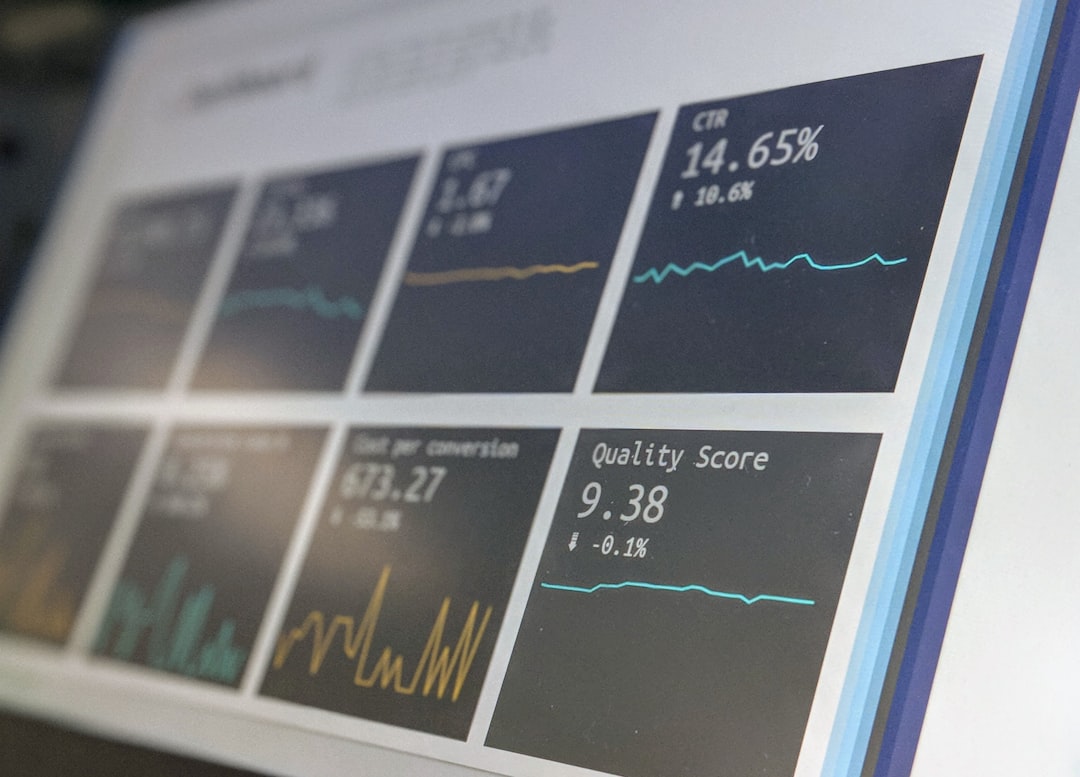
Optimizing Stateful Applications with Abstraction APIs and Containers: A Data-Driven Approach
In the current landscape of cloud-native development, the optimization of stateful applications has become paramount. These applications, which maintain a continuous state across sessions, pose unique challenges when deploying in dynamic environments. By leveraging abstraction APIs and containers, organizations can effectively streamline their operations while enhancing the scalability and resilience of their stateful applications. This article delves into strategies for optimizing stateful applications with a focus on abstraction and containerization.
Understanding Stateful Applications
Stateful applications store data that is persistent across multiple sessions, making them inherently more complex than stateless applications. Examples include databases, messaging systems, and user session management systems. The challenge lies in maintaining data integrity, managing state, and ensuring data availability while deploying these applications in a cloud environment.
The Role of Abstraction APIs
Abstraction APIs provide a layer of separation between application logic and state management. They enable developers to interact with stateful data without needing to understand the underlying complexities. This simplifies the development process, allowing teams to focus on delivering features rather than managing state.
Key Benefits of Abstraction APIs:
#1. Simplified Development: Developers can use higher-level constructs to manage state, reducing the need for deep knowledge of data storage mechanisms.
#2. Portability: Abstracting state management allows applications to be more easily migrated across different cloud providers or platforms.
#3. Scalability: Abstraction APIs facilitate horizontal scaling, enabling applications to distribute state across multiple instances seamlessly.
Containerization and Stateful Applications
Containerization is a game-changer for deploying stateful applications. Containers encapsulate applications and their dependencies, providing a consistent runtime environment. However, managing state within containers requires careful planning.
Strategies for Containerizing Stateful Applications:
#1. Use StatefulSets: In Kubernetes, StatefulSets are designed for managing stateful applications. They provide stable network identities and persistent storage, making them ideal for databases and other stateful services.
kubectl apply -f statefulset.yaml#2. Persistent Volumes: Leverage persistent volumes to ensure that state is retained even if containers are restarted. This is crucial for applications that cannot afford data loss.
#3. Data Backup and Recovery: Implement robust backup solutions to safeguard state data. Tools like Velero can help with backup and restore operations in Kubernetes environments.
Data-Driven Decision Making
Incorporating a data-driven approach is essential when optimizing stateful applications. By utilizing monitoring and analytics tools, organizations can gain insights into application performance and user behavior, leading to informed decision-making.
Tools for Data-Driven Insights:
#1. Prometheus and Grafana: These tools can help monitor the health of stateful applications, providing real-time metrics and visualization.
#2. ELK Stack: The Elasticsearch, Logstash, and Kibana stack is invaluable for logging and analyzing application behavior, allowing for quick identification of issues.
Case Study: Optimizing a Database-Driven Application
Consider a company that operates a highly trafficked e-commerce platform. By implementing abstraction APIs and utilizing Kubernetes StatefulSets, they were able to improve their database management significantly. The transition from traditional VM-based hosting to containers allowed for better resource allocation and faster recovery times, with a reported 30% increase in system uptime.
Emerging Trends in Stateful Application Management
As technology continues to evolve, several trends are emerging in the optimization of stateful applications:
#1. Serverless Architectures: The rise of serverless computing is influencing how stateful applications are managed, providing new paradigms for state management.
#2. Service Mesh: With service mesh technologies like Istio, managing microservices’ communication and state can be streamlined, enhancing resilience.
#3. Machine Learning Integration: Data-driven insights can be augmented with machine learning to predict load patterns and optimize resource allocation dynamically.
Conclusion
Optimizing stateful applications with abstraction APIs and containers is a critical endeavor for modern organizations. By adopting these technologies, teams can enhance their development processes, improve scalability, and ensure data integrity. As the landscape continues to evolve, staying informed about emerging trends and tools will be vital for maintaining a competitive edge.
For those looking to delve deeper into the optimization of stateful applications, consider exploring the following resources:
By embracing these strategies and tools, organizations can ensure that their stateful applications are not only optimized but also prepared for future challenges.
Stay updated with the latest insights in DevOps by subscribing to our newsletter and sharing this article with your peers. Explore these technologies and enhance your stateful application management today!


